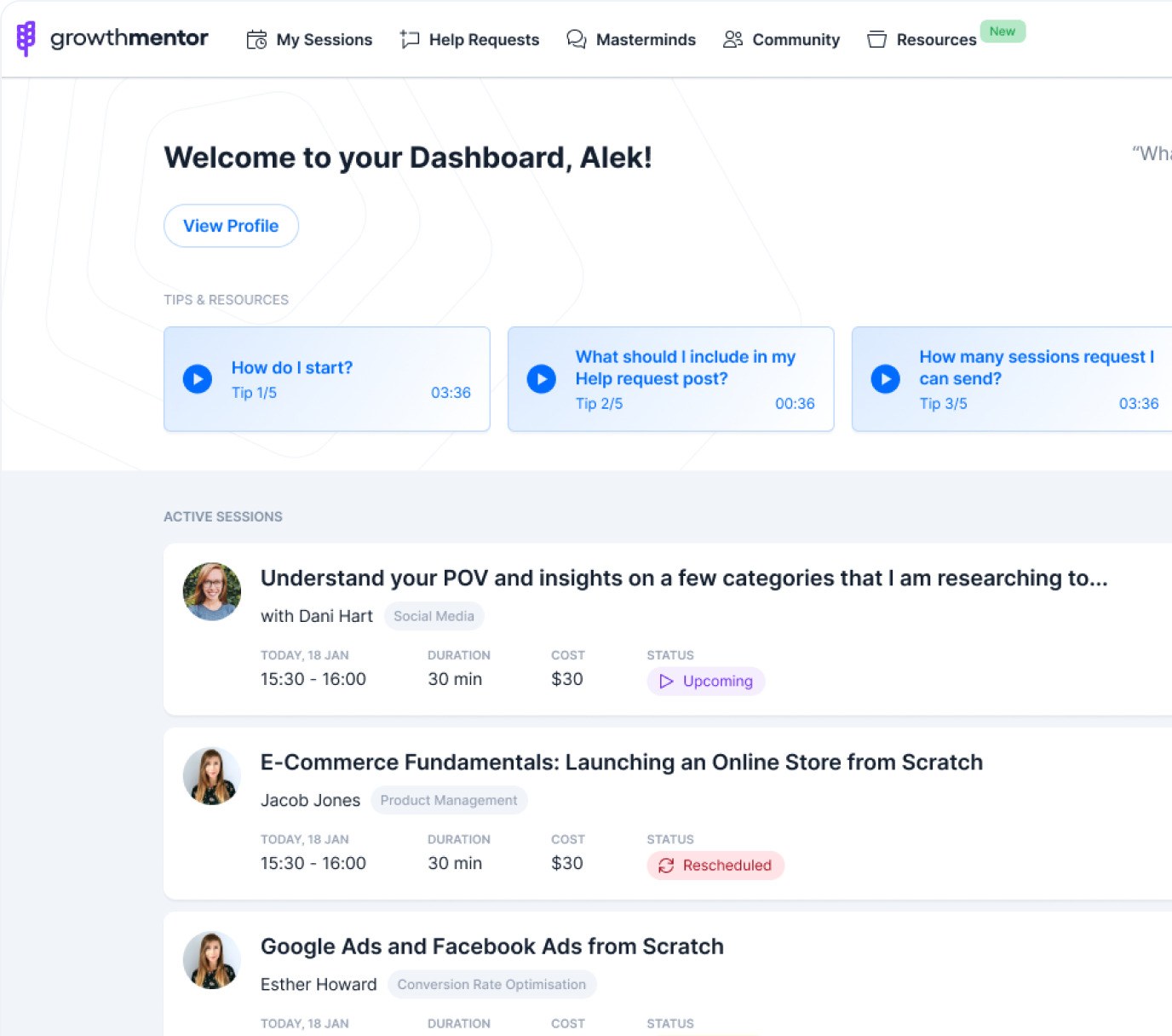When Testing Kills Your Creative Strategy
The founder’s voice carried that particular exhaustion I’ve come to recognize – the kind that comes from running the same playbook quarter after quarter without really knowing if it’s working. “We’ve been doing creative strategy for four years,” he said from Buenos Aires, “but I don’t actually know which of our buyer personas are converting.”
The $50K Question Nobody’s Asking
I was talking with Esteban, who leads creative strategy for a DIY engraving tool company. They’d built their entire Q4 around gifting messages – which made perfect sense for Christmas. But now in Q1, they were scrambling to find new angles for their three distinct buyer personas: experienced crafters, DIY newbies, and gift-givers.
The problem? They had no real data on which persona actually drove revenue.
“Look,” I said, “you’re making this way more complicated than it needs to be. You’re already spending on Meta ads, right? That’s your research lab right there.”
He seemed surprised. Like many marketers, he’d been taught that customer research meant focus groups and surveys. But when you’re selling to 50-60 year olds in the US from Argentina, traditional research becomes even more challenging.
Your Ads Are Already Research (You Just Don’t Know It)
“Think about it,” I continued. “Qualitative research has statistical limitations. You need focus groups, proper methodology… But you’re already running ads. Why not use them to test your hypotheses with real buying behavior?”
I’ve seen this pattern in 7 out of my last 10 sessions with B2B and DTC marketers. They’re so focused on perfecting their research methodology that they forget they have a live testing environment running 24/7.
The 3-Bucket Framework That Actually Works
Here’s the framework I gave him that’s worked for multiple clients:
Split your creative testing into three buckets:
- Feature-based (portability, cordless, ease of use)
- Use case-based (what can you actually make with this?)
- Trend-based (pick one hot DIY trend and own it)
Each bucket becomes a campaign. Let them run against your broad audience. The data will tell you which resonates – not what people say they want, but what they actually buy.
Stop Competing Where You Can’t Win
“But what about the competitor?” he asked. “Dremel has better features at a lower price point.”
“Exactly,” I said. “So stop competing on features. Your sweet spot is the inexperienced user who finds Dremel intimidating. Test messaging around simplicity, not capability.”
The breakthrough came when we discussed collaboration. “You can’t separate creative strategy from performance marketing,” I told him. “Get your performance team involved. They’ll tell you if you have enough data to test 2 variants or 20.”
The Shift That Changes Everything
By the end of our call, he’d shifted from planning elaborate research projects to mapping out a simple test structure. Sometimes the best research is the research that’s already happening – you just need to know how to read it.
If you’re facing similar creative strategy challenges:
- Stop treating ads as the end product – they’re research tools
- Use your existing spend to test buyer persona hypotheses
- Collaborate with performance marketing from day one
- Let actual conversion data drive your creative decisions
If this resonates, I’d be happy to help work through your specific situation.
